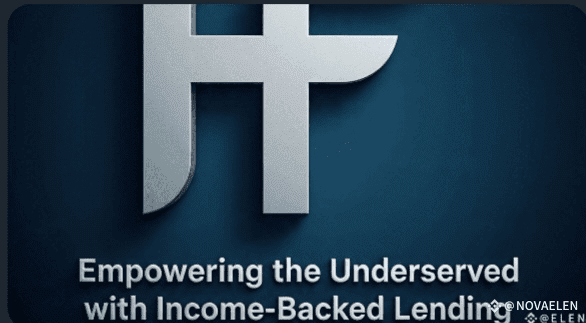Introduction
As decentralized finance (DeFi) continues to evolve, Huma Finance stands out as a protocol designed to close the gap between traditional banking and blockchain. Its pioneering approach—income-backed lending—reshapes access to credit by enabling borrowers to leverage their recurring income rather than over-relying on hard collateral. This model particularly benefits individuals and businesses with steady revenue streams but limited access to conventional credit.
The Concept of Income-Backed Lending
Conventional lending typically demands sizable collateral, creating barriers for many would-be borrowers. Huma Finance changes this paradigm by letting users pledge future income flows—such as payroll, invoices, or subscription revenues—as collateral. This shift makes borrowing more inclusive, giving wider segments of society access to credit opportunities previously out of reach.
How the Protocol Operates
Huma Finance runs on a decentralized infrastructure that directly connects borrowers and lenders via smart contracts. The workflow involves:
1. Income Verification: Oracles confirm off-chain income data to ensure accuracy and transparency.
2. Underwriting Engine: Creditworthiness is evaluated based on verified income.
3. Lending Pools: Liquidity providers fund loans and earn proportional returns.
4. Tokenized RWAs: Real-world assets can also be collateralized, further broadening borrowing options.
This architecture not only supports undercollateralized borrowing but also brings real-world assets (RWAs) into DeFi, strengthening its utility and adoption.
The $HUMA Token
The native $HUMA token underpins the ecosystem with multiple functions:
Governance: Holders shape the protocol through voting on upgrades and allocations.
Staking: Users can stake tokens for yield and ecosystem participation.
Incentives: Liquidity providers and contributors are rewarded in $HUMA for supporting growth.
Partnerships and Ecosystem Expansion
Huma Finance has partnered with key organizations including the Stellar Development Foundation and TIBAS Ventures to scale its PayFi network—capable of handling billions in transaction volume. These alliances also enhance liquidity access for regulated financial players through stablecoin support.
The ongoing “Booster” campaign with Binance Wallet, now in its second phase, is sustaining strong community engagement with BTR rewards. Furthermore, the upcoming Pre-TGE event is expected to amplify awareness and adoption.
Global Impact
By introducing blockchain-enabled income-backed lending, Huma Finance helps solve major financial pain points:
Inclusive Credit: Allowing borrowers without significant collateral to access loans.
Efficiency: Automating lending processes with smart contracts, reducing overhead and friction.
Borderless Access: Facilitating global financial inclusion through decentralized rails.
Conclusion
Huma Finance represents a new frontier in DeFi—delivering inclusive, efficient, and equitable lending solutions. By empowering individuals and enterprises to access undercollateralized credit, it is not only driving financial inclusion but also laying the foundation for a fairer global financial system.



